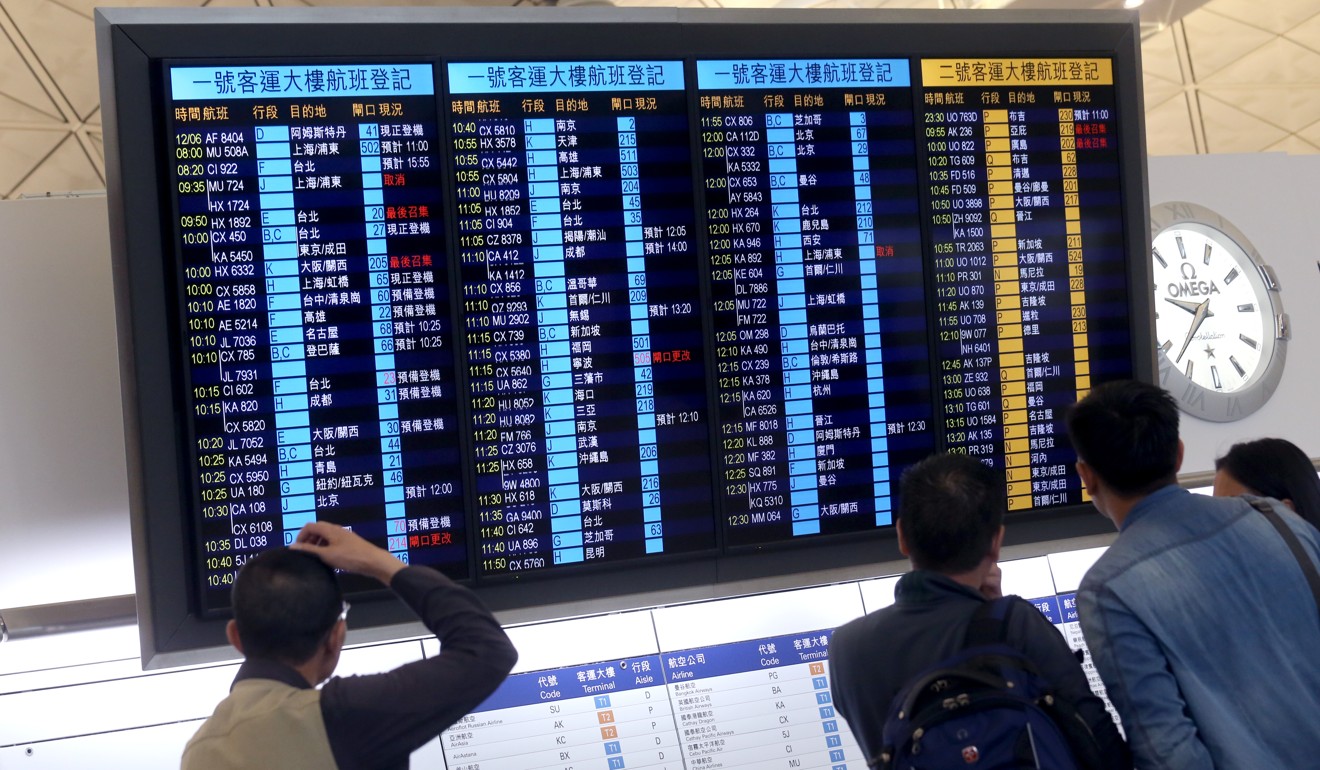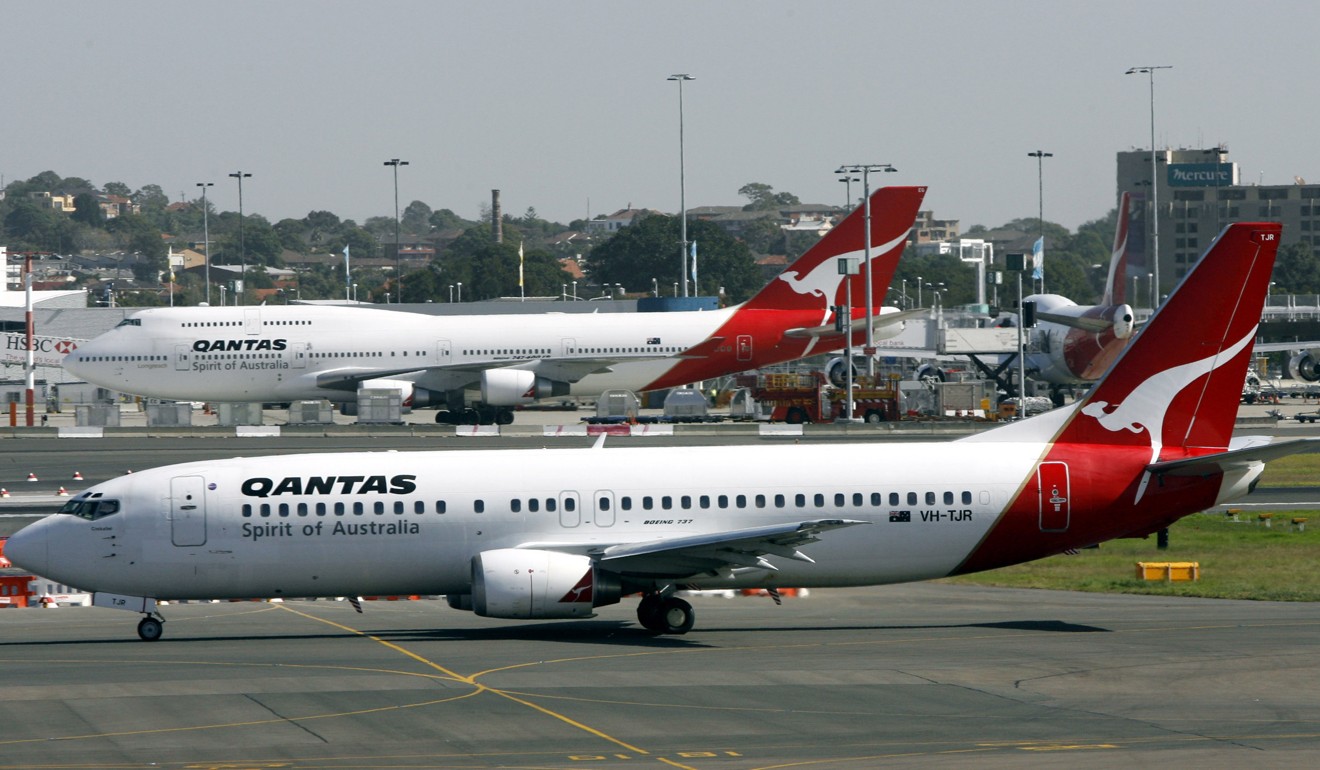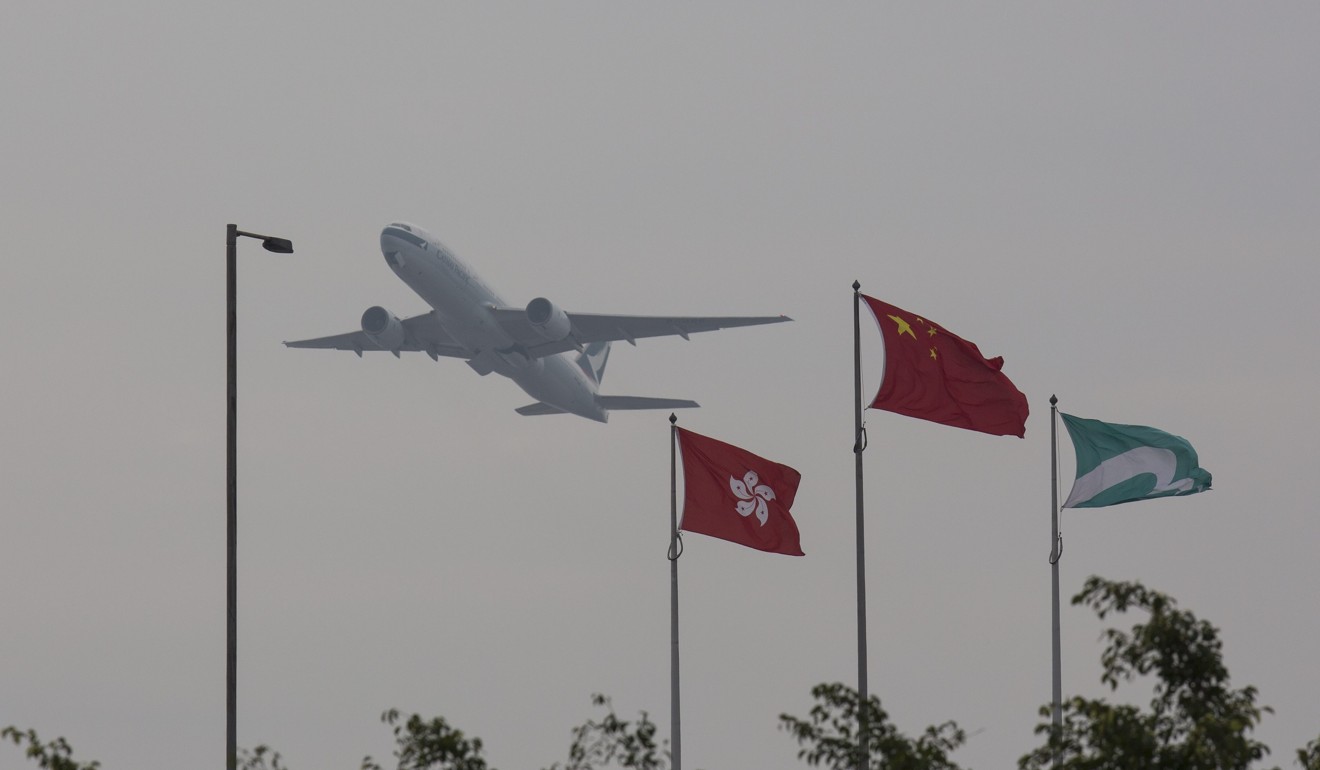
Non-stop flights to Latin America from Hong Kong could be reality in 5 years with new ultra-long-range aircraft
Planes would put city within reach of Mexico City and Rio de Janeiro
Non-stop flights to Latin America from Hong Kong and other Asian cities could be just five years away thanks to new aircraft that can fly farther than ever before.
Qantas Airways last week announced an ambitious plan to fly non-stop between Sydney and London by 2022 – a distance of little more than 17,000km requiring 20 hours and 20 minutes in the air. The link would save up to four hours on current flights by removing a stopover in Dubai.

The Australian airline has pushed aircraft manufacturers to come up with a solution. Boeing and Airbus have said they are confident their new planes can go the extra distance.
The planes would put Hong Kong within reach of Mexico City and Brazil’s Rio de Janeiro, with São Paulo not far off. However, the capital cities of Argentina and Chile would remain just out of range.
Tokyo, Seoul, and Shanghai have flights to as far as Mexico City but often these routes feature a stop or carry a limited number of passengers.

A number of ultra-long-haul flights currently ply the skies between Hong Kong and the United States. Dallas is the longest route, at 16 hours, 35 minutes. Miami and Washington are seen as future destinations.
Aviation consultancy Leeham Company, which has studied the economics of ultra-long-haul flights, said it “will be possible from airports like Hong Kong to fly such flights [to Latin America] with these aircraft”.
Airbus has produced a plane capable of flying distances of just under 18,000km. Its ultra-long-range version of the Airbus A350-900 can carry 230 passengers for up to 20 hours, while the Boeing 777-8 will be capable of flying 300 a similar distance, according to a Leeham report.
Seven in-flight exercises to survive and thrive on long-haul trips
The author of that study, Bjorn Fehrm, said there was a caveat, however. Planes flying these distances would be carrying no more than two-thirds of their standard passenger capacity because of the need to load more fuel on board.

“In our experience, as long as we establish an air link then people and cargo will just increase exponentially,” said Tong, now public affairs director for the airline’s main shareholder, Swire Pacific. “South America is a booming market, and I believe the trade links between there and Asia have big potential.”
Tong said tourism in the region would lure Hongkongers.
The ultimate guide to long-haul travel with young children
“They have already visited Europe and North America. South America is the next attractive location,” he said.
Essential to making long-distance routes work is flying with the wind and not necessarily taking the shortest route. Flying longer distances eastbound is more fuel efficient using tailwinds, rather than going west, which while often shorter in distance is slower thanks to headwinds.

Singapore Airlines in 2013 axed non-stop flights to New York and Los Angeles that featured an all-business-class arrangement seating just 100, after the service proved costly when oil prices soared to US$110 a barrel.
Fehrm says long flights can still be viable if oil prices, currently at US$50 per barrel, stay below US$130.
The length of flights would be dictated by the price passengers were willing to pay, Fehrm added. Business travellers would fork out more money to get to their destinations quicker on non-stop flights, whereas cost-conscious economy travellers might be willing to make a stop to save money.
Achim Czerny, an aviation management professor at Hong Kong Polytechnic University, said ultra-long-haul flights could “help further strengthen” Hong Kong as one of the top international airports.
“The supply of ultra-long-haul flights to South America, if anything, will make the airport more attractive,” he said.

